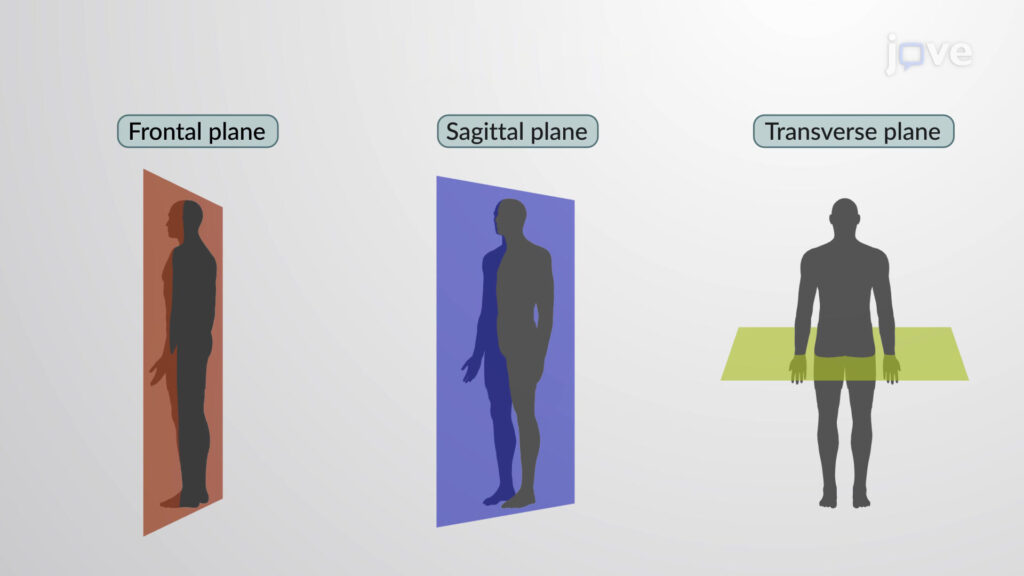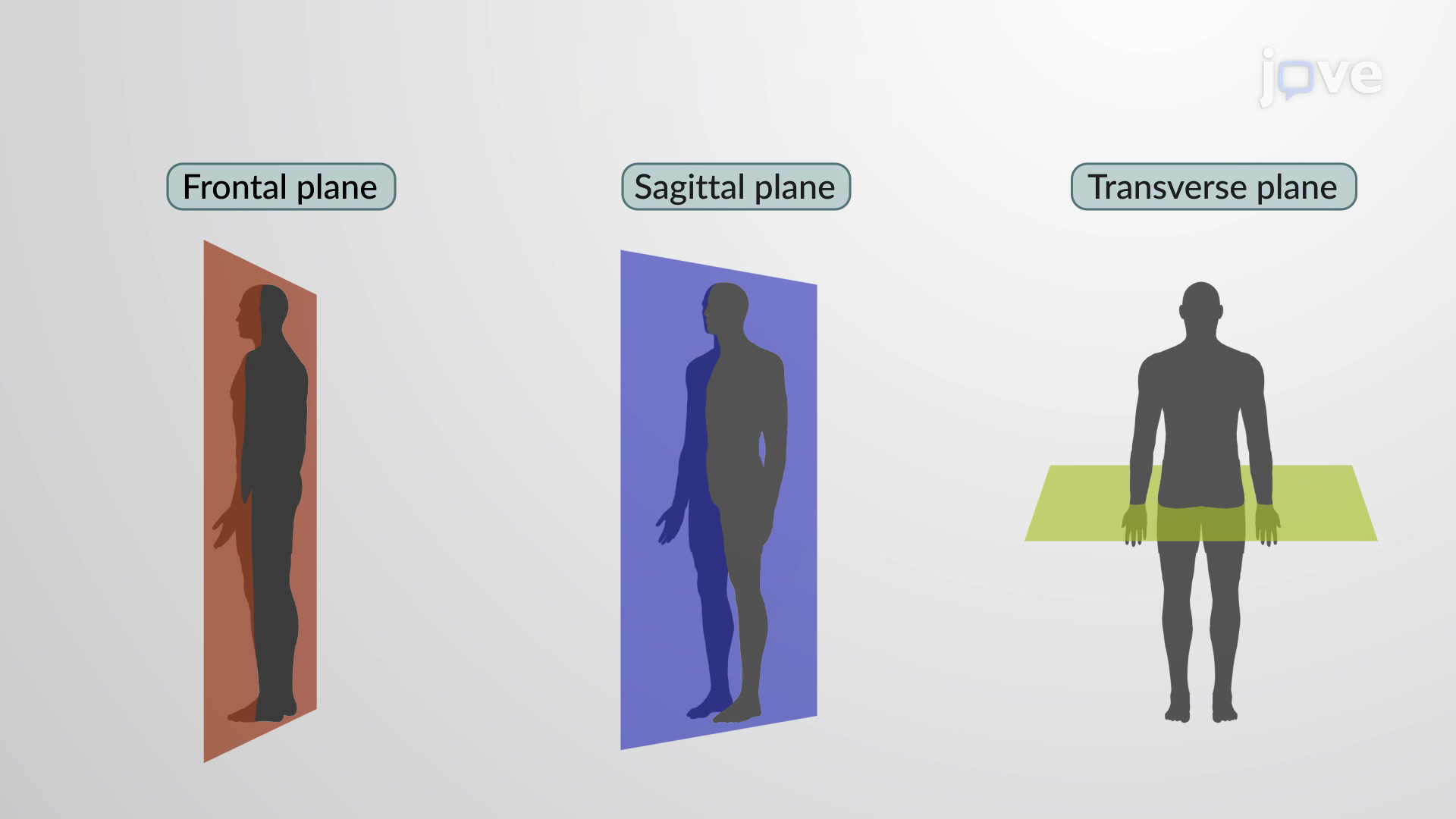
Navigating the Landscape of the Middle Sized Body: Health, Perception, and Empowerment
The concept of the middle sized body is gaining increasing attention in discussions about body image, health, and societal norms. Often overlooked in a world dominated by extremes – the pursuit of ultra-thin ideals on one hand and the growing concern about obesity on the other – the middle sized body represents a significant portion of the population. Understanding the nuances of this body type, including its health implications, societal perceptions, and strategies for empowerment, is crucial for fostering a more inclusive and accepting environment. This article aims to explore the complexities surrounding the middle sized body, providing insights into its various facets.
Defining the Middle Sized Body
Defining the middle sized body isn’t always straightforward. It’s a body size that falls between the conventionally thin and plus-size categories. While specific measurements can vary depending on cultural and geographical contexts, a middle sized body generally encompasses individuals who wear clothing sizes that are neither considered ‘straight size’ nor ‘plus size’. The term is less about a precise number and more about a range that sits in between. This often means facing challenges in both mainstream fashion and healthcare, where resources and representation can be limited.
Health Considerations for the Middle Sized Body
Health is not solely determined by size. Individuals with a middle sized body can be healthy or unhealthy, just like those in any other size category. Factors such as diet, exercise, genetics, and overall lifestyle play significant roles in determining health outcomes. It’s essential to focus on health-promoting behaviors rather than fixating on a specific weight or size. Regular physical activity, a balanced diet rich in fruits and vegetables, adequate sleep, and stress management are crucial for maintaining good health, regardless of body size. It’s also important to note that BMI (Body Mass Index) has limitations and shouldn’t be the sole indicator of health.
Debunking Myths About Health and Size
Many misconceptions exist regarding the relationship between body size and health. One common myth is that smaller bodies are inherently healthier than larger bodies. This is simply not true. Studies have shown that individuals with middle sized bodies can be just as healthy, if not healthier, than those who are thinner, particularly if they engage in regular physical activity and maintain a balanced diet. Conversely, it’s possible for individuals with smaller bodies to have underlying health issues due to poor lifestyle choices or genetic predispositions. Another myth is that weight loss is always the answer to health problems. While weight loss may be beneficial for some, it’s not a universal solution. Focusing on overall well-being and adopting healthy habits is more important than striving for a specific number on the scale. The focus should be on health at every size (HAES) [See also: Health at Every Size: Principles and Practices].
Societal Perceptions and the Middle Sized Body
The middle sized body often finds itself in a precarious position in terms of societal perception. It’s not always celebrated or represented in mainstream media and advertising, leading to feelings of invisibility and exclusion. While there is growing awareness and acceptance of diverse body sizes, the middle sized body can sometimes be overlooked in the push for more inclusive representation. This can create a sense of being ‘in-between,’ not fitting neatly into either the conventionally thin or plus-size categories. This lack of representation can contribute to negative body image and feelings of inadequacy.
The Impact of Media and Advertising
Media and advertising play a significant role in shaping societal perceptions of body size. Historically, these industries have promoted unrealistic and often unattainable beauty standards, primarily featuring thin or ultra-thin bodies. While there is a gradual shift towards more inclusive representation, the middle sized body is still often underrepresented. This can lead to feelings of exclusion and a distorted perception of what is considered ‘normal’ or ‘desirable.’ When individuals rarely see bodies that resemble their own in media, it can contribute to negative self-esteem and body dissatisfaction. It’s crucial for media and advertising to embrace diversity and showcase a wider range of body sizes, including the middle sized body, to promote more realistic and inclusive beauty standards. [See also: Body Image and Media Influence].
Fashion and the Middle Sized Body
Navigating the world of fashion can be challenging for individuals with a middle sized body. Many mainstream clothing brands cater primarily to either straight sizes or plus sizes, leaving those in between with limited options. Finding clothes that fit well and flatter the figure can be a frustrating experience. The lack of representation in fashion advertising and marketing can also contribute to feelings of exclusion and invisibility. However, there is a growing demand for more inclusive sizing and representation in the fashion industry, with some brands beginning to cater specifically to the middle sized body. Seeking out these brands and advocating for more inclusive sizing practices can help to improve the shopping experience and promote body positivity. [See also: Fashion for All: Inclusive Sizing and Body Positivity].
Tips for Finding Clothes That Fit and Flatter
Finding clothes that fit well and flatter the figure is essential for feeling confident and comfortable in your own skin. Here are some tips for navigating the fashion landscape with a middle sized body:
- Know your measurements: Accurate measurements are crucial for finding clothes that fit properly. Use a measuring tape to determine your bust, waist, and hip measurements, and compare them to the size charts provided by different brands.
- Experiment with different styles: Don’t be afraid to try on different styles and silhouettes to see what works best for your body shape. What looks good on one person may not look as good on another, so it’s important to find what flatters your individual figure.
- Focus on fit: Fit is more important than size. A well-fitting garment will always look better than one that is too tight or too loose. Pay attention to the way clothes drape on your body and make sure they are comfortable and flattering.
- Consider tailoring: Tailoring can make a big difference in the way clothes fit. Investing in tailoring can help to create a more customized and flattering look.
- Shop at brands that cater to middle sizes: Look for brands that specifically cater to middle sized bodies or offer a wider range of sizes. These brands are more likely to have clothes that fit well and flatter your figure.
Empowerment and Body Positivity for the Middle Sized Body
Empowerment and body positivity are essential for individuals with a middle sized body to cultivate self-acceptance and confidence. It’s crucial to challenge societal norms and beauty standards that promote unrealistic and often unattainable ideals. Embracing body diversity and celebrating the beauty of all body sizes is key to fostering a more inclusive and accepting environment. Focusing on inner qualities, such as intelligence, kindness, and strength, rather than fixating on physical appearance, can help to build self-esteem and promote a positive body image. [See also: Body Positivity: Embracing All Shapes and Sizes].
Strategies for Cultivating Self-Acceptance
Cultivating self-acceptance is an ongoing process that requires conscious effort and a willingness to challenge negative thoughts and beliefs. Here are some strategies for promoting self-acceptance:
- Practice self-compassion: Treat yourself with the same kindness and understanding that you would offer to a friend. Acknowledge your imperfections and accept that you are worthy of love and acceptance, regardless of your body size.
- Challenge negative self-talk: Pay attention to the negative thoughts and beliefs you have about your body. Challenge these thoughts by asking yourself if they are true and helpful. Replace negative thoughts with positive affirmations and self-compassionate statements.
- Focus on your strengths: Identify your strengths and focus on your positive qualities. Celebrate your accomplishments and acknowledge your value as a person, regardless of your physical appearance.
- Surround yourself with positive influences: Surround yourself with people who support and uplift you. Seek out positive role models and avoid individuals who promote negative body image or unrealistic beauty standards.
- Practice gratitude: Take time each day to appreciate the things you are grateful for in your life. This can help to shift your focus from your perceived flaws to the positive aspects of your life.
The Future of Body Image and the Middle Sized Body
The conversation surrounding body image is evolving, with a growing emphasis on inclusivity and acceptance. As societal norms continue to shift, it’s likely that the middle sized body will gain greater recognition and representation. The fashion industry, media, and healthcare providers all have a role to play in promoting more realistic and inclusive beauty standards. By challenging negative stereotypes and celebrating body diversity, we can create a more supportive and empowering environment for individuals of all sizes. The key is to move away from the pursuit of unattainable ideals and focus on promoting health and well-being at every size. The middle sized body deserves to be seen, heard, and celebrated for its unique beauty and strength. Embracing the middle sized body means embracing a more realistic and inclusive view of beauty and health. We must continue to advocate for better representation, more inclusive sizing, and a greater understanding of the health and well-being of those with middle sized bodies. Let’s work towards a future where all bodies are valued and respected. Ultimately, understanding and accepting the middle sized body contributes to a healthier and more inclusive society. A society that values health and well-being over unrealistic beauty standards is a society where everyone can thrive. Acknowledging the middle sized body is a step in the right direction.
Conclusion
The middle sized body represents a significant portion of the population and deserves greater attention and understanding. By addressing the health considerations, societal perceptions, and strategies for empowerment, we can foster a more inclusive and accepting environment for individuals of all sizes. Embracing body diversity and challenging unrealistic beauty standards is crucial for promoting positive body image and overall well-being. The journey towards self-acceptance and body positivity is an ongoing process, but it’s a journey worth taking. By celebrating the beauty and strength of the middle sized body, we can create a more equitable and empowering world for everyone.

